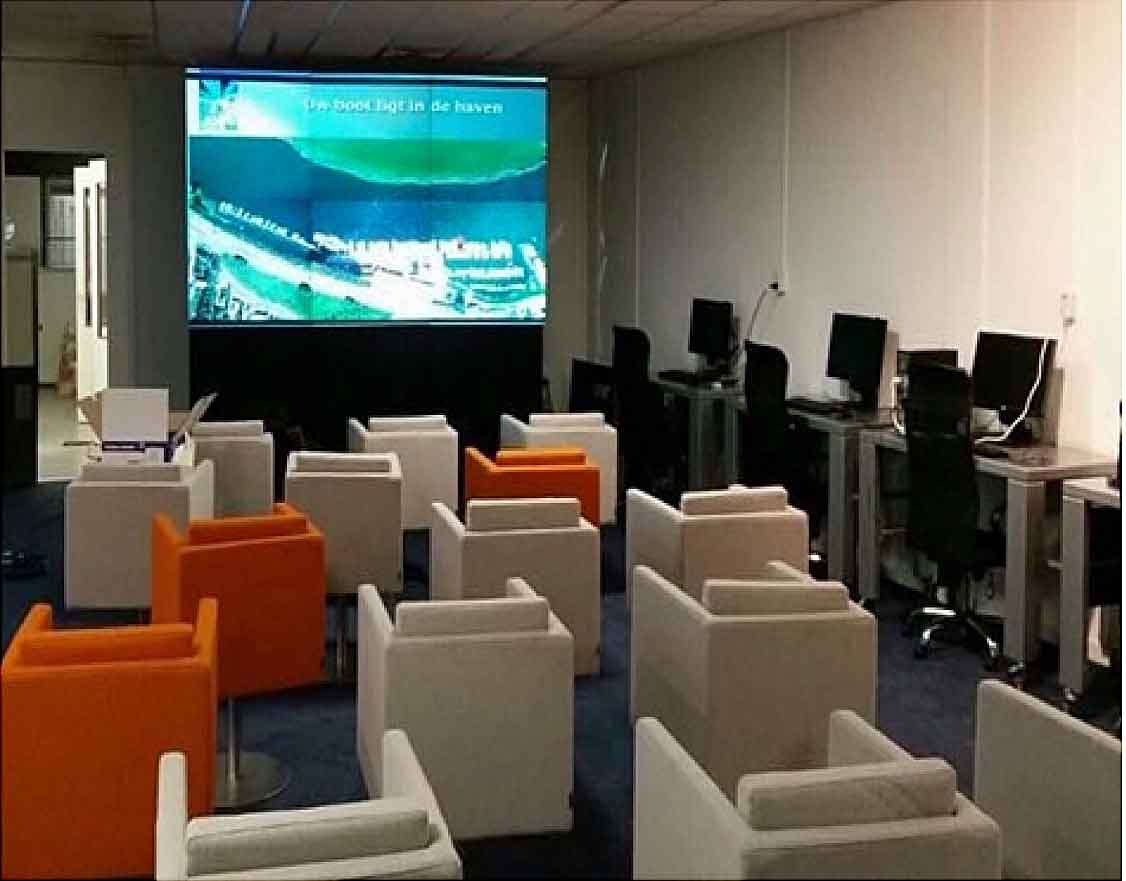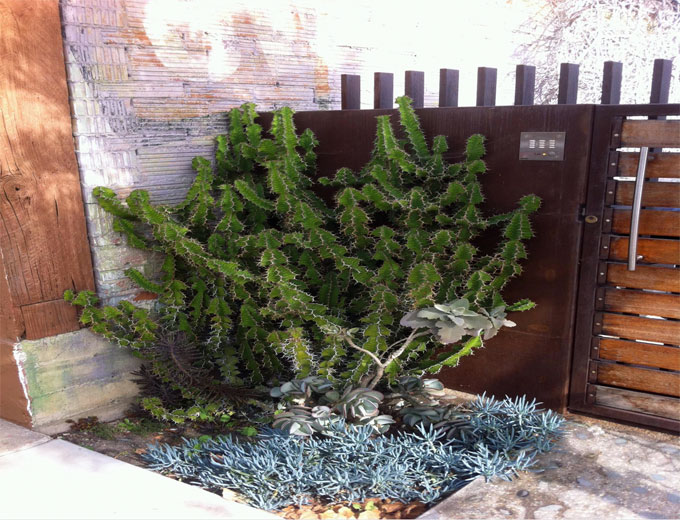
The Solutions Matrix: A Practical Guide to Soft Security Engineering for Architects, Engineers, Facility Managers, Planners and Security Professionals
By Doug Haines, Owner, Haines Security Solutions
Research indicates that we can create environments that reduce crime by using a variety of “social behavior engineering mechanism.”
I hesitate to use the terminology, ‘manipulating behavior,’ however that’s exactly what is happening.
All of the large electronics companies and large retailers are using your data, which you willing agreed to provide when you signed the User Agreement, so that they can harvest your behavior to their advantage.
In other words, to get your money.

If we utilize this same concept, harvest your behaviors so that we can predict it and build the environment so the outcome of that behavior is what we want, neighborhoods, city blocks and other areas that people use will be safer.
City planners, building designers and others involved in developing mitigation strategies will need to embrace other non-electronic, non-aggressive technologies.
One of those technologies is the use of Crime Prevention through Environmental Design (CPTED)[1] principles in the development of neighborhoods.
The concept of CPTED has been around since the ‘90’s and is an effective approach.
Communities that use CPTED principles tend to thrive economically and socially.
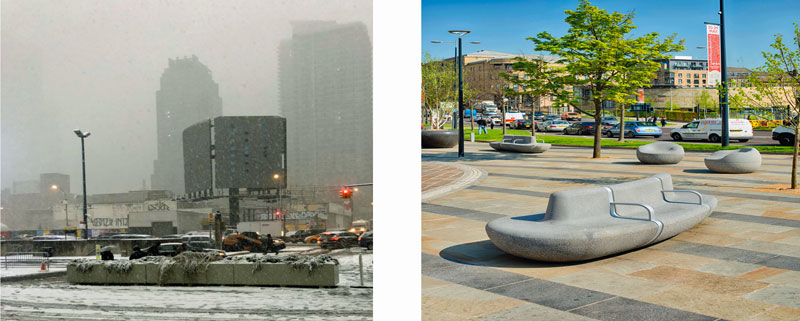
The social engineering of the built-environment can be taken even further.
Research is currently underway in Eindhoven, The Netherlands which tracks a person’s movement throughout a pedestrian zone by analyzing which “smells” a person is subjected to as they move through the space.
Researchers ask, “Why do people park in one parking garage and walk all the way over there to get a sweet or why does a person stop and have a cigarette on that park particular bench”?
In Melbourne, a recently installed art project tracks a person’s movement through a simulated ocean to see its effect.
The more movement the more the whirlpools in the ocean are affected.
This “interactive art” actually tells us something about social behaviors.
(Japanese art collective TeamLab has used lighting to create a sea of spiralling whirlpools inside a Melbourne art museum. Courtesy of Dezeen and YouTube.)
Recently, Stefano Boeri, Architect[2], was cited by Dezeen Magazine as saying, “Cities should be redesigned to include trees with bulky planters rather than concrete barriers to prevent vehicle attack.”
He went on to say, “A big pot of soil has the same resistance as a Jersey (modular concrete barrier), but it can host a tree – a living being that offers shade; absorbs dust, CO2 and other subtle pollutants; and provides oxygen and a home for birds.”
He’s right.
No one wants to sit at an outdoor café sipping their cappuccino while looking at big concrete blocks that make them feel like they’re in a war zone[3].
Environments that are a mixture of color and natural materials are much more soothing and aesthetically pleasing.
They give us that “puppy dog” feeling.

You know the feeling that you get when you cuddle a puppy. You feel safe and protected and protecting.
Taking this concept to the next level is what ‘The Solutions Matrix: A Practical Guide to Soft Security Engineering for Architects, Engineers, Facility Managers, Planners and Security Professionals’ is all about.
Mitigating hostile acts with non-traditional technologies that are transparent can actually create a sense of safety and well-being.
“The Solutions Matrix” outlines basic and advanced security ideas for creating great space by combining old-fashioned remedies with art, hardscaping and landscaping (softscaping); which make high occupancy spaces accessible and interactive for different groups of people.
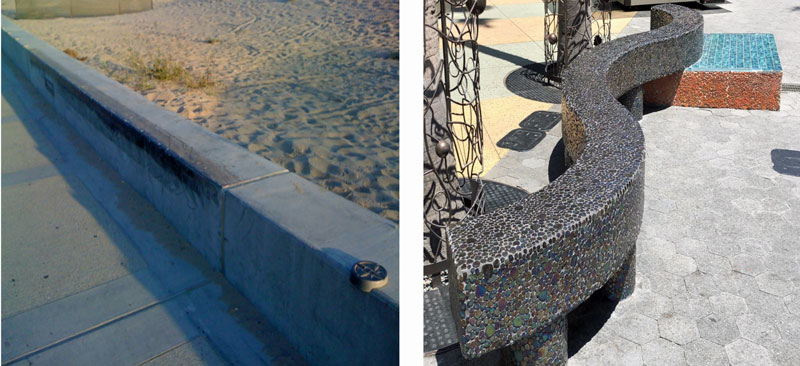
Additionally, exterior and interior design concepts are identified, as are common man-made threat scenarios and their traditional corresponding mitigation strategies.
There’s even a self-assessment tool which allows users to assess the countermeasures they already have in place and permits a side-by-side comparison of alternative countermeasures that could be employed that are less hostile.
The Solutions Matrix: A Practical Guide to Soft Security Engineering for Architects, Engineers, Facility Managers, Planners and Security Professionals is available at https://www.hainessecuritysolutions.com.
The book can also be purchased at the American Society of Landscaping Architects Conference, 16-17 Nov in San Diego, CA or at ISC East in New York City, 20-21 Nov 19.
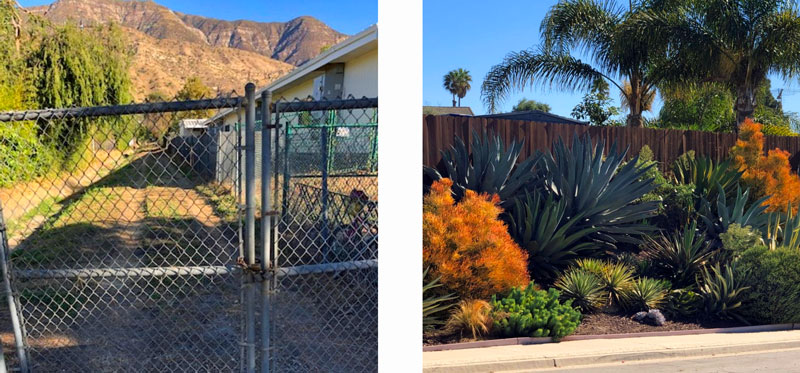
About the Author
Doug Haines, owner of Haines Security Solutions, LLC (HSS), is a United States Air Force veteran with over 45 years of law enforcement and security related experience, which includes teaching building design principles to architects, engineers, facility managers, planners, and security professionals.
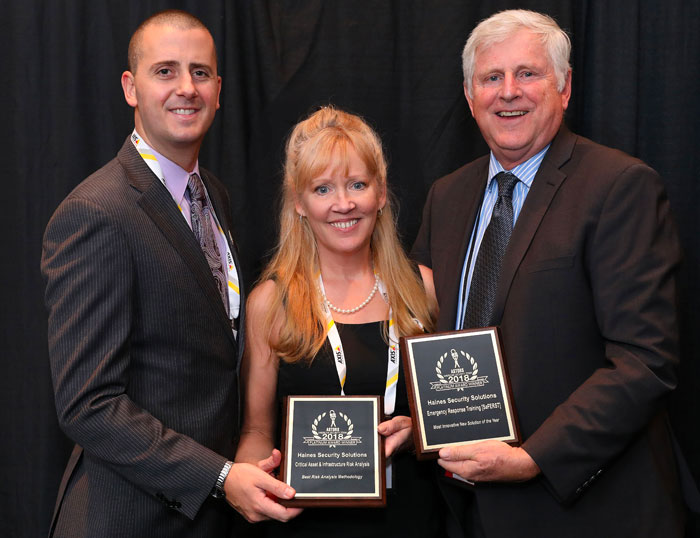
He is a distinguished judge on the Annual ‘ASTORS’ Homeland Security Awards Judges Panel, and a regular expert contributor to AST, sharing his years of experience and insights with our 75K+ readers.
Doug’s company HSS, is recognized as a center of expertise within the security community for risk assessment, providing services for many federal; State, local government agencies and private companies around the globe, and is a founding member of International Centers of Security Training Excellence (ICSTE).
Each ICSTE member company offers courses in one of several security verticals yet provides a location for other members to present their courses upon request.
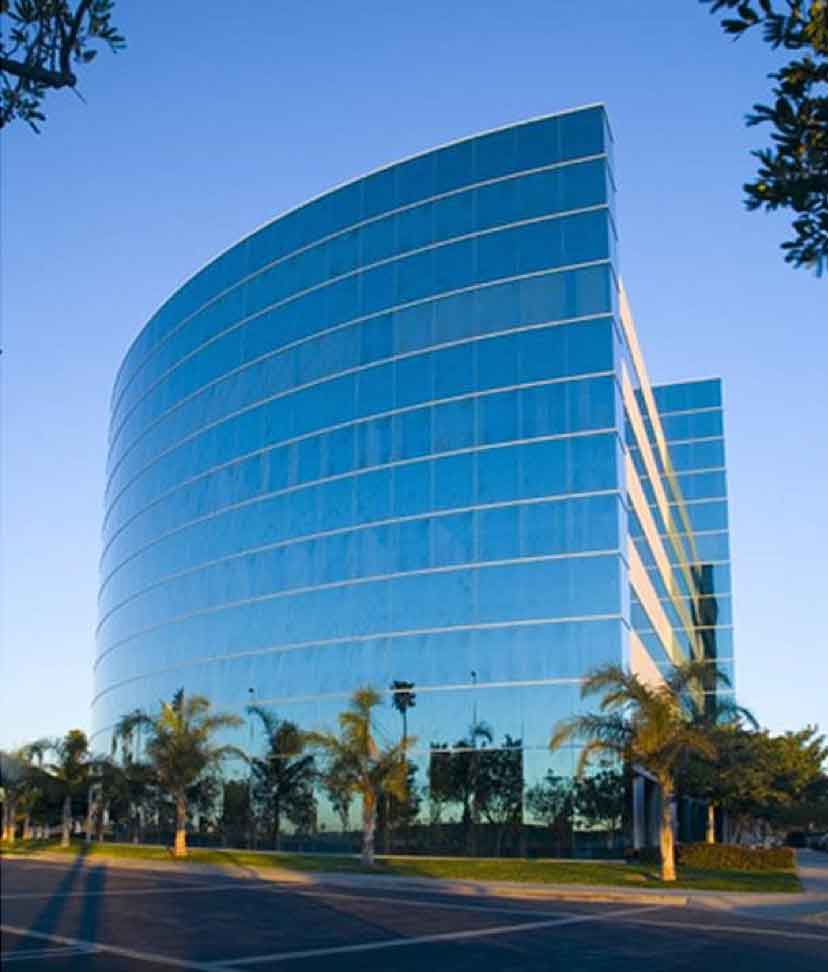
At its River Park facility in Oxnard, CA architects, engineers, facility managers, planners and security professionals learn about antiterrorism countermeasures in building design, the integration of security technologies in the built environment, and risk analysis strategies.
The CPK-United BV (also an ICSTE founding member) training facility in Hilversum, The Netherlands gears its curriculum towards fashion retail, hospitality (hotel and nightclubs) and port security guard activities and executive protection.
Tactics for patrolman and SWAT are taught by former police officers at the Greenville, NY training center, where a firing range and urban mock-up are on site.
